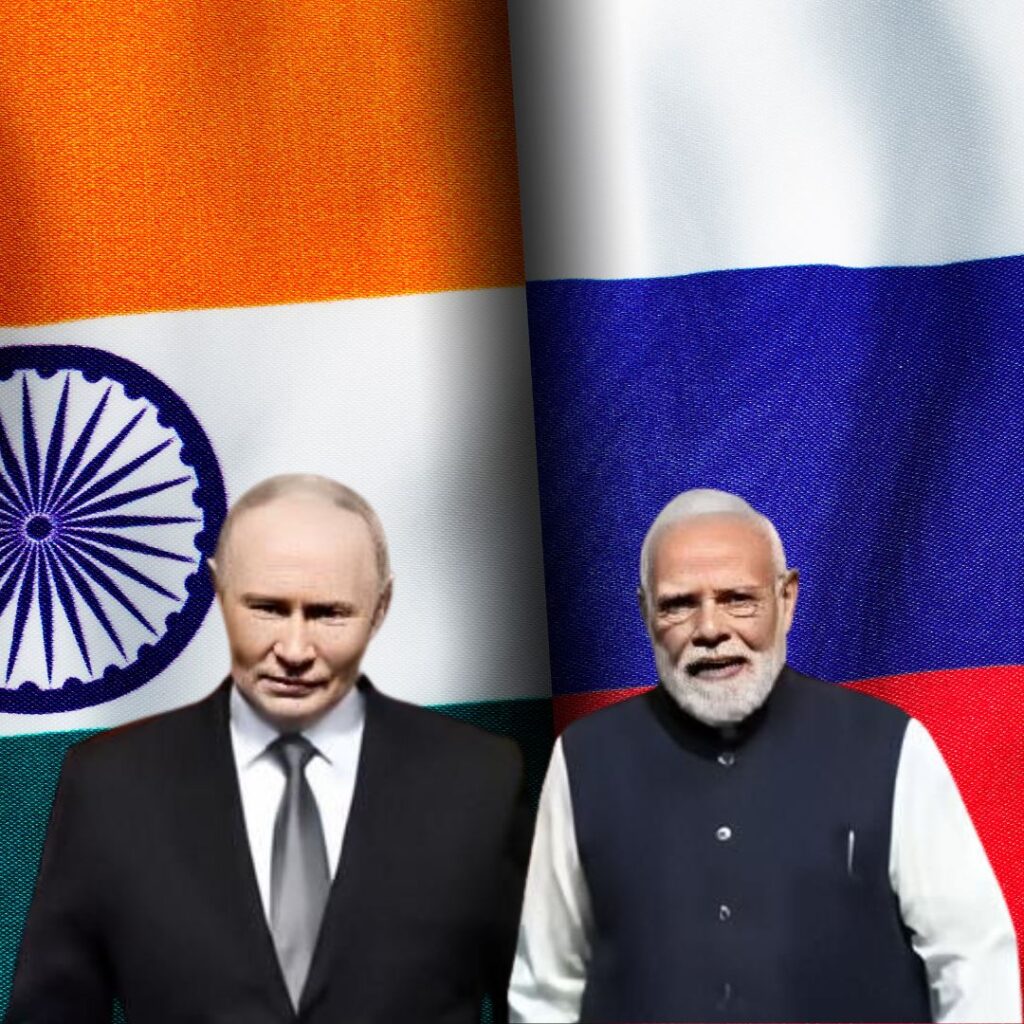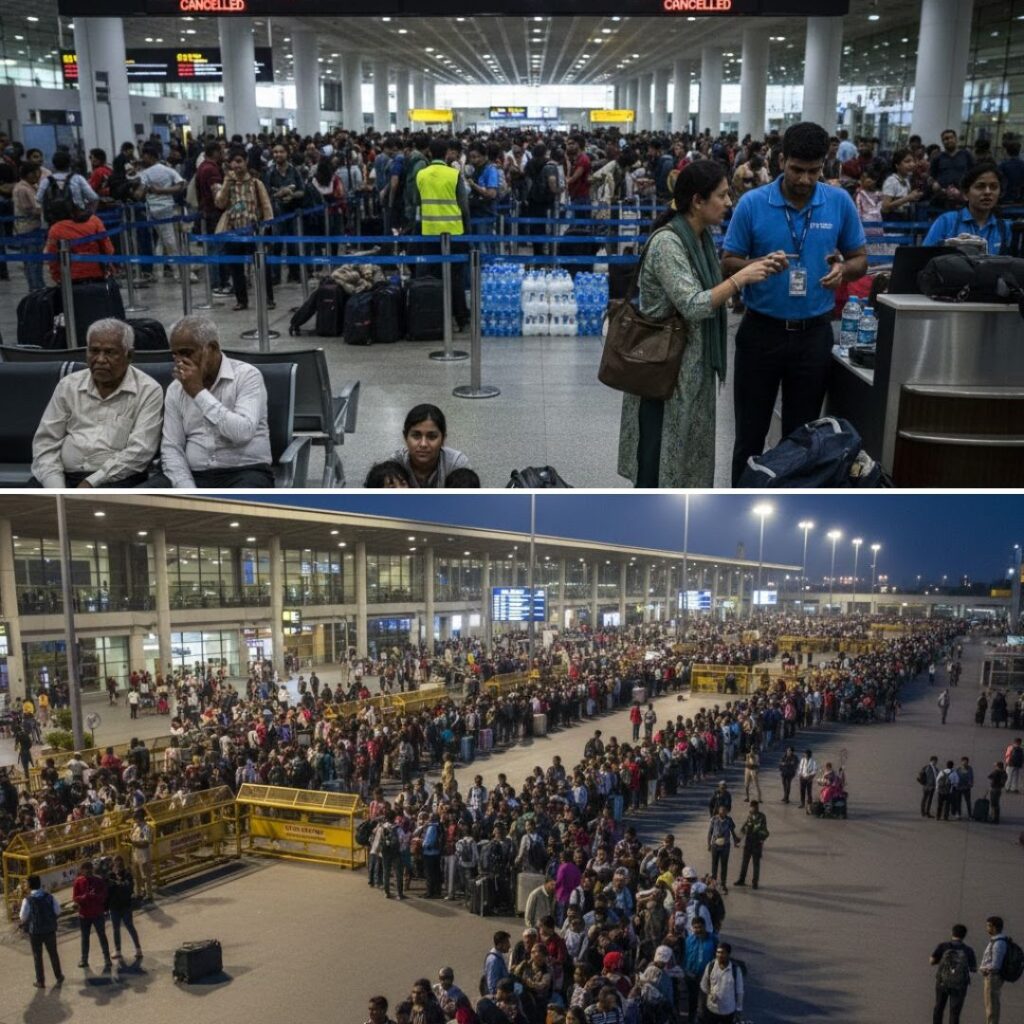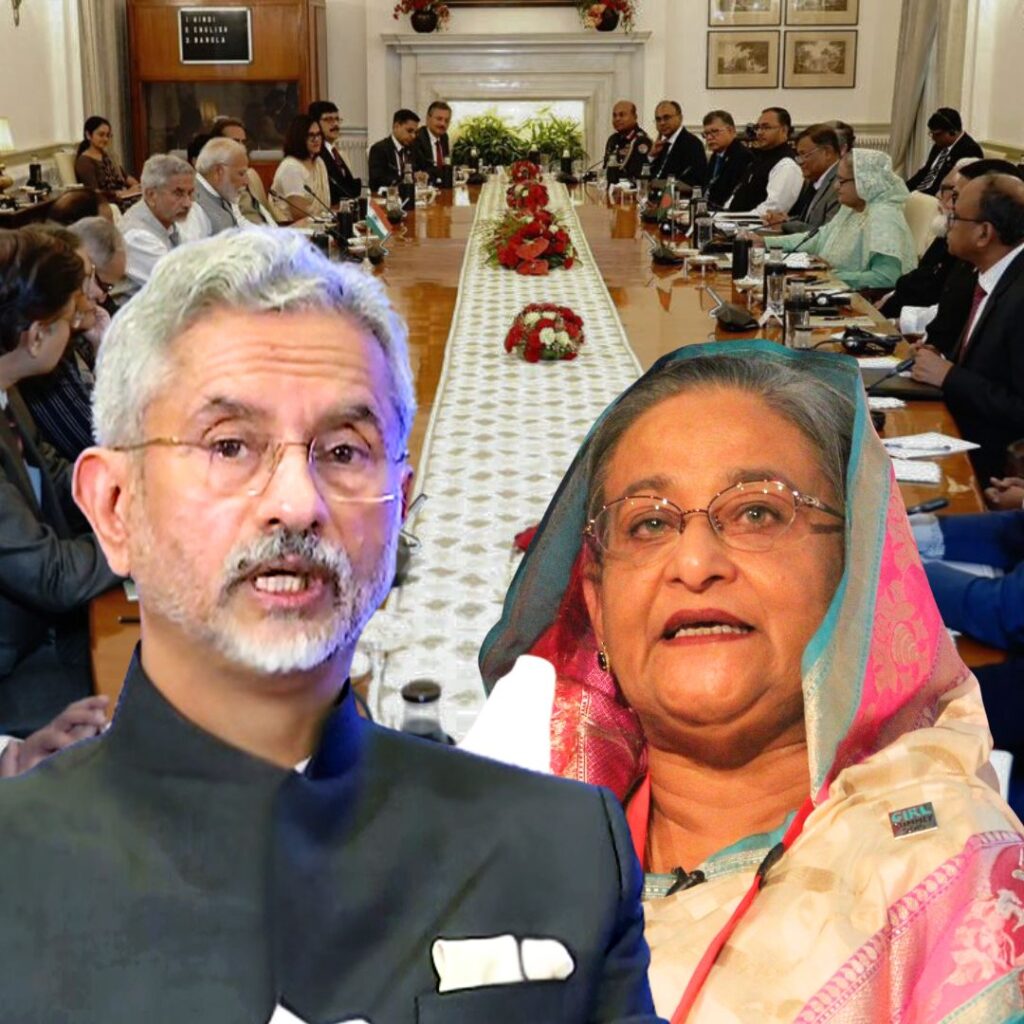The public sector banks in India have seen a surge of bad loans or Gross non-performing assets (NPAs) to 56.4 percent in 2016. The total amount of bad loans now stands at Rs 6,14,872 crore during the 12-month period that ended in December 2016.
According to figures compiled by Care Ratings for The Indian Express, the percentage of bad loans is set to rise further in the next two quarters. This is because the small and medium-sized businesses are failing to repay the loans due to a severe cash crunch caused by the demonetization of Rs 500 and Rs 1,000 notes.
Bad Loans Or NPAs: A non-performing asset (NPA) is a loan or advance of which the principal or interest payment is overdue for 90 days. In simple terms, a bad loan is a loan where repayments are not being made as originally agreed between the borrower and the lender, and which may never be repaid.
Who have taken these bad loans?
The corporate houses with the largest bad loans are Reliance, Vedanta, Essar, Adani and Jaypee.
The Anil Ambani-led Reliance Group alone owes Rs 1,21,000 crore of loans to the banks. Shashi and Ravi Ruia’s Essar group has gross debt of Rs 1,01,461 crore. Gautam Adani’s Adani group has a debt of Rs 96,031 crore. Manoj Gaur’s Jaypee group’s debt is over Rs 75,000 crore.
The report says that at least five banks have gross NPA ratios (ratio of bad loans to total loans) of over 15 percent. Indian Overseas Bank’s has the highest gross NPA of 22.42 percent, which means Rs 22.42 out of every Rs 100 lent by the bank is classified as a bad loan. UCO Bank has posted an NPA of 17.18 percent, United Bank of India is at 15.98 percent, IDBI Bank at 15.16 percent and Bank of Maharashtra at 15.08 percent, the Care analysis reveals.
Bad loans of both public and private banks stood at Rs 697,409 crore at the end December 2016 with gross NPAs making up about 11 percent of the gross advances at public sector banks. Bad loans surged to 135 percent in the past two years.
State Bank of India (SBI) witnessed a 48.6 percent jump to Rs 72,791.73 crore from the previous year. While Punjab National Bank’s (PNB) bad loans increased 38 percent to Rs 55,627 crores, and Bank of Baroda saw 8.6 percent increase to Rs 42,642 crores.
It is speculated that many banks will miss this year’s RBI deadline to clean up balance sheets by March 2017.
The NPAs might just increase as the demonisation-hit economy is in dire need of recapitalisation.
The Union Budget 2017 suggested Rs 100 billion of capital infusion for public sector banks in fiscal 2018 which is significantly below Rs 250 billion it had set aside in the previous year, as pointed out by Moody’s Investors Service and its Indian affiliate ICRA.
The Logical Indian Take
The government should come forward and take proactive measures to bring these bad loans back. The prolonged indifference is not helping. Till now no major debtor has been brought to book instead of one Vijay Mallya has debt of Rs 7,000 crore.
Read more The Indian Express











